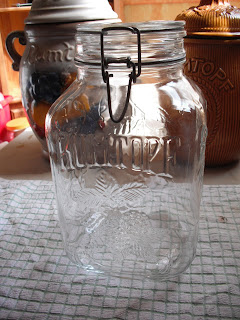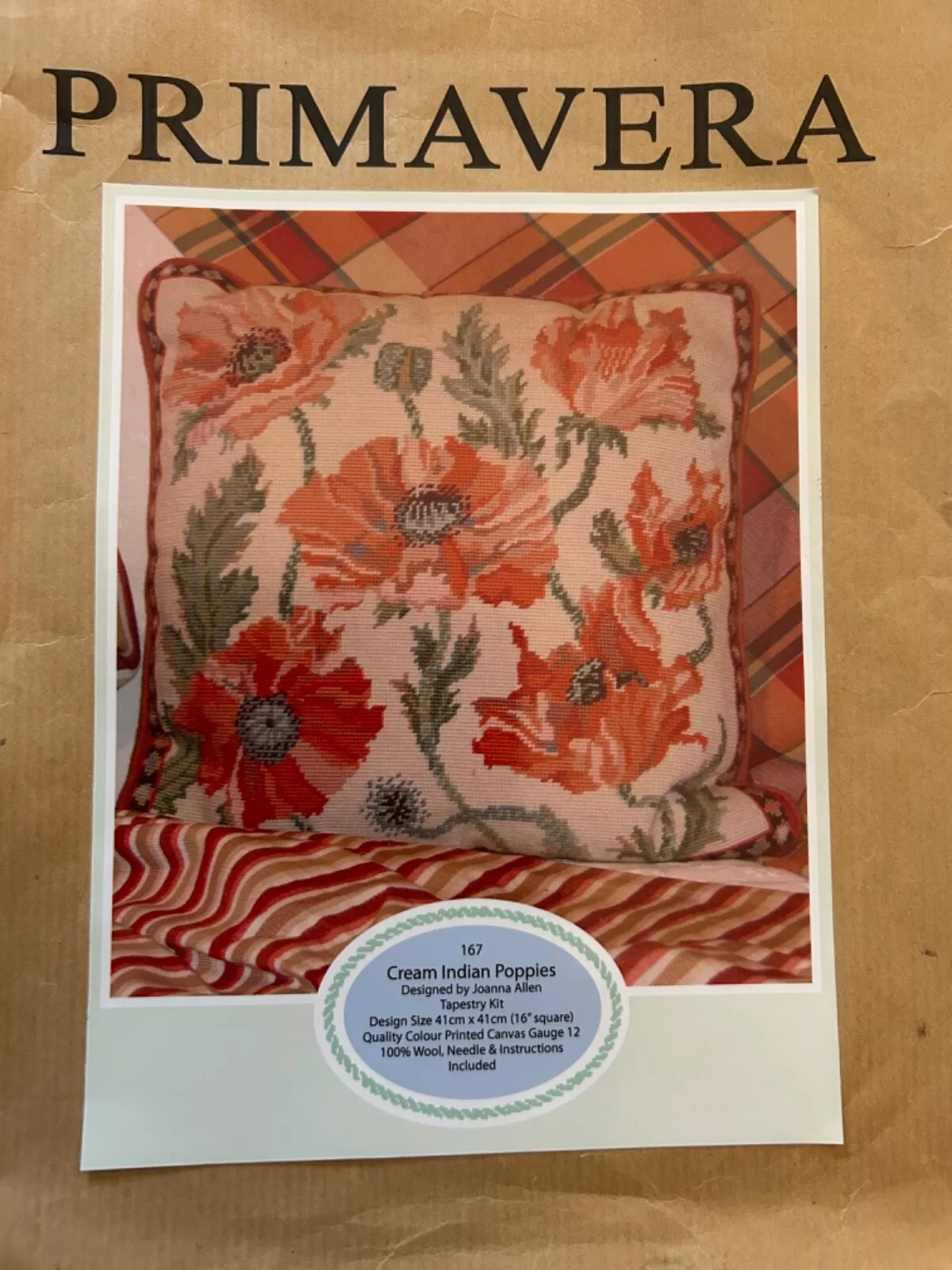The Rhumtopf




Brief History
So the story goes apparently the Rhumtopf is accredited to the seafarers approximately 200 odd years or so ago and was as a direct result of trying to bring home exotic fruits from the West Indies to loved ones, many of which got spoiled. By chance after trying to extract the last drop of rum from the barrell (every sail boat carried a barrell at the time) they found fruit as fresh as if it had been picked from the tree The rum not only conserved the fruit but also gave a delicious flavour. After that the rum barrells always came back with fruit in them. As this treat became very popular housewives started to play and to brew their own.
There is some confusion as to whether this is a Swiss Preserve or a German Preserve, but as both countries both have the Rhumtopf (or Rumpot in common practice is the name given to the vessel in which the fruit is preserved). To complicate matters the French have the Brandypot the only difference is that they use Brandy to preserve the fruit in.
Now all the fresh soft fruit is starting to arrive in our shops and our market stores this is the time to start off something really special for the winter months. This is a luxurious and alcohlicpreserve which consists of a layer of fruit, sugar and alcohol and which is built up layer by layer traditionally in a stone "Rhumtopf" jar. The resulting preserve will be well impregnated with Rum and immersed in a delicious alcoholic syrup. Fruit of your choice can be added throughout the harvest season and is best enjoyed as part of the Christmas table.
Ingredients
Selection of stone fruits as they come into season; at their optimum. No damaged or bruised fruits should be used as this can lead to mould and fermentation and this then becomes an expensive waste.
Cherries
Peaches
Apricots
Plums
Nectarines
Or any Soft fruits of your choice;
Strawberries
Raspberries
Loganberries
Blackberries
Redcurrants
Blueberries
13 oz white sugar to every 17 1/2 oz of fruit (375g of sugar to every 500g of fruit)
2 Pints (1 litre) Dark or White Rum
Fruits to Avoid
Fruits like Apple, Melon, Rhubarb and Blackberries are not recommended as Melon is watery and it can dilute the alcohol and may lead to fermentation or mould; Rhubarb can leave a bitter taste; blackberries can discolour the rest of the fruit and make it appear less appetising; Apples may cause fermentation; Gooseberries and other sharp berries should also be avoided.
There are no hard and fast combinations of fruit but with making and tasting you will soon find the combinations that work for you and your palate.
Equipment
Large earthenware crocks like these shown above (this must be sterilised fully before use i.e. with a proprietory cleanser like sterilising tablets -cleanliness is everything here)
Or Large Glass Bottle like this
Or you can make mini ones in individual preserve jars
Method
So the story goes apparently the Rhumtopf is accredited to the seafarers approximately 200 odd years or so ago and was as a direct result of trying to bring home exotic fruits from the West Indies to loved ones, many of which got spoiled. By chance after trying to extract the last drop of rum from the barrell (every sail boat carried a barrell at the time) they found fruit as fresh as if it had been picked from the tree The rum not only conserved the fruit but also gave a delicious flavour. After that the rum barrells always came back with fruit in them. As this treat became very popular housewives started to play and to brew their own.
There is some confusion as to whether this is a Swiss Preserve or a German Preserve, but as both countries both have the Rhumtopf (or Rumpot in common practice is the name given to the vessel in which the fruit is preserved). To complicate matters the French have the Brandypot the only difference is that they use Brandy to preserve the fruit in.
Now all the fresh soft fruit is starting to arrive in our shops and our market stores this is the time to start off something really special for the winter months. This is a luxurious and alcohlicpreserve which consists of a layer of fruit, sugar and alcohol and which is built up layer by layer traditionally in a stone "Rhumtopf" jar. The resulting preserve will be well impregnated with Rum and immersed in a delicious alcoholic syrup. Fruit of your choice can be added throughout the harvest season and is best enjoyed as part of the Christmas table.
Ingredients
Selection of stone fruits as they come into season; at their optimum. No damaged or bruised fruits should be used as this can lead to mould and fermentation and this then becomes an expensive waste.
Cherries
Peaches
Apricots
Plums
Nectarines
Or any Soft fruits of your choice;
Strawberries
Raspberries
Loganberries
Blackberries
Redcurrants
Blueberries
13 oz white sugar to every 17 1/2 oz of fruit (375g of sugar to every 500g of fruit)
2 Pints (1 litre) Dark or White Rum
Fruits to Avoid
Fruits like Apple, Melon, Rhubarb and Blackberries are not recommended as Melon is watery and it can dilute the alcohol and may lead to fermentation or mould; Rhubarb can leave a bitter taste; blackberries can discolour the rest of the fruit and make it appear less appetising; Apples may cause fermentation; Gooseberries and other sharp berries should also be avoided.
There are no hard and fast combinations of fruit but with making and tasting you will soon find the combinations that work for you and your palate.
Equipment
Large earthenware crocks like these shown above (this must be sterilised fully before use i.e. with a proprietory cleanser like sterilising tablets -cleanliness is everything here)
Or Large Glass Bottle like this
Or you can make mini ones in individual preserve jars
Method
- Sterilise your pot.
- Wash all the fruit except the Raspberries and pat dry with a tea towel or kitchen paper.
- Put a layer of one kind of fruit at the bottom of the crock or jar,
- Cover with an equal weight of sugar and pour Rum over this until just covered. In fact the recommendation is a fingers depth of Rum, but the fruit should be covered at all times - so sometimes you may use a little more and at othes a little less depending on the fruit used. But check from time to time whilst the preserve is in store and you are waiting to add the next layer that the fruit is still submerged as the alcohol can evaporate and leave the fruit dry. Keep the pot lid covered in cling film at all times to prevent insects developing a sweet tooth and to stop evaporation.
- Continue to add layers of fruit, sugar and Rum in this way until the jar is completely full.
- To keep the fruit immersed in the liquor/syrup put a small saucer inside the crock for at least two months.
- If the jar you are using will not get a small saucer in try crumpling up greaseproof paper into quite a large bowl and put this between the fruit and syrup and the lid. This will also help keep the fruit submerged.
- Serve small quantities at Christmas as part of the Christmas table serving with cream or ice cream or the liquor as a liqueur type drink on its own in small glasses.
Storage
Keep the Rumtopf in a dark cool place usually in the depths of a pantry. Lock it up to prevent any unwarranted "tastings" by the rest of the family
Missed the Start of the Season - Don't panic
You can always use canned or frozen fruits although the result is not as good as using fresh fruit at its optimum. If using canned fruit in syrup reduce the amount of sugar used.
How do I useThe first time my parents had this - they were a bit suspicious at first, but soon tucked in. It is very rich. You can serve the boozy fruit with cream or ice cream and enjoy the syrup as an alcohlic tipple neat or made into a spritzer. It can be served with yoghurt or cheese; as a sundae half Rhumtopf half ice cream; as a cocktail with champagne (i.e. two tablespoons of the liqueur from the fruit); as a compote served hot or chilled.
It is so easy to use and you get lots out of large crocks like these. The golden coloured crock was bought as a present by my brother for me one year. The rest I have accumulated from car boots and charity shops.



Thanks for sharing this, it's interesting to read the background on it and turn out I will be making the French one lol x
ReplyDeleteYou are welcome Tracy. There are all sorts of stories behind things evolving or taking up a slot or tradition in our lives. They intrigue me as much as the having a go and making them. Hope it goes well.
ReplyDeletePattypan
x